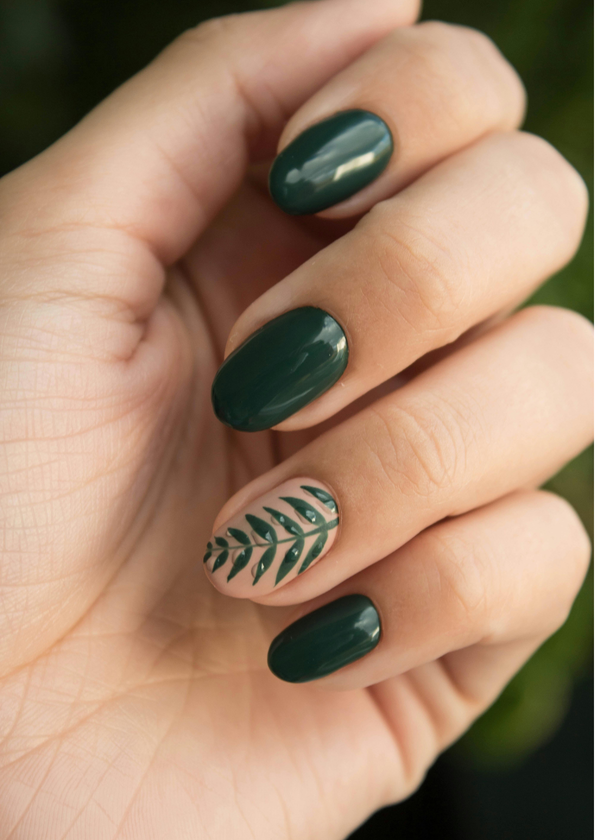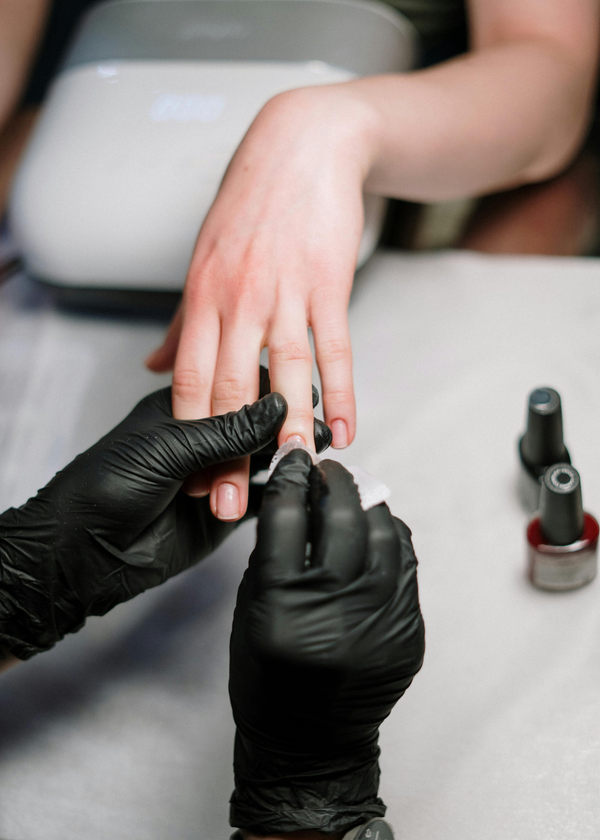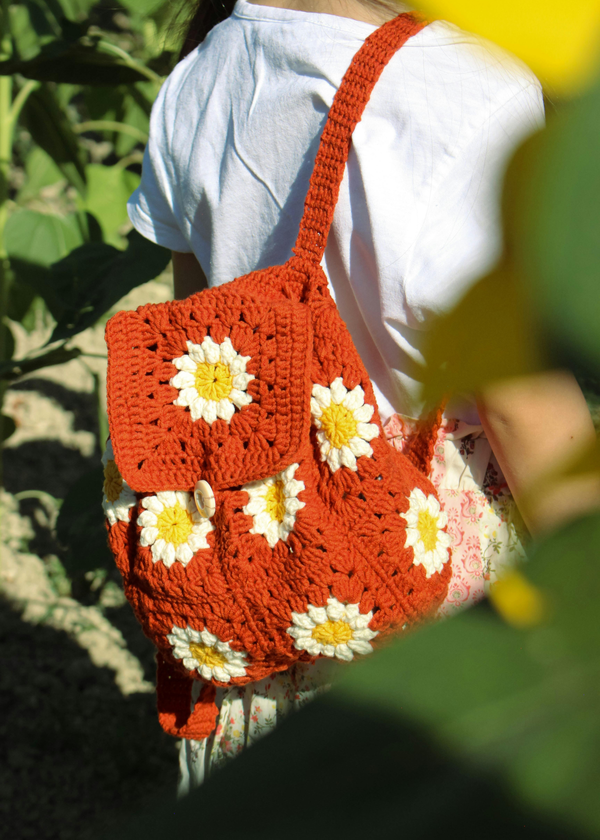Introduction to Glass Straws
Glass straws have emerged as a popular alternative to plastic straws, championing both environmental sustainability and style. But a common question lingers: are glass straws easy to break? This article delves into the durability and practicality of using glass straws, comparing them with other materials like stainless steel, silicone, and metal straws.
The Composition of Glass Straws
Glass straws are typically made from borosilicate glass, the same material used in laboratory test tubes and other high-durability glassware. This type of glass is known for its ability to withstand very high heat thresholds, making it not only suitable for hot or cold drinks but also less prone to breaking under temperature changes.
Durability: Borosilicate vs. Soda Lime Glass
When discussing whether glass straws are easy to break, understanding the type of glass used is crucial. Borosilicate glass, being a laboratory-grade material, is much stronger and more shatterproof than soda lime glass, commonly used in drinking glasses. This distinction makes borosilicate glass straws a more durable choice for everyday use.
Handling and Maintenance
Proper care is essential to ensure the longevity of glass straws. They are dishwasher safe, which simplifies cleaning. However, using cleaning brushes specifically designed for straws can prevent accidental pressure that might cause breakage. Additionally, avoiding the use of glass straws to stir thick smoothies or other dense substances can help maintain their structural integrity.
Risk of Breaking on Impact
While borosilicate glass is durable, like any glass product, it can break if dropped on a hard surface or handled roughly. The key is to treat your glass straw responsibly, just as you would a glass cup. Providing a carrying case for storage can protect glass straws on the go, reducing the risk of accidental breakage.
Health Implications of Using Glass Straws
When considering the switch from a plastic straw to a glass one, it's not just about environmental benefits; it's also a health-conscious choice. Glass straws are lead-free and don't leach chemicals into your beverages, unlike some plastic straws that contain harmful compounds. For many teens and adults alike, ensuring what goes into their mouth is as pure as possible is paramount. Glass straws offer a clean, inert way to sip your favorite drinks without adding any unwanted flavors or substances.
Moreover, the smooth surface of glass straws prevents bacterial buildup, making them a hygienic option for drinking. Unlike silicone straws, which can retain odors and flavors from previous drinks, glass straws can be sterilized completely using hot water. This is particularly beneficial for those who enjoy drinking thick smoothies or other viscous beverages, as it ensures that every sip is fresh and clean. Regular washing and handling with care can maintain the pristine condition of glass straws, making them a favorite for health-savvy individuals.
The Heat Resistance of Glass Straws
Glass straws, particularly those made from laboratory-grade borosilicate, boast a very high heat threshold, making them an excellent choice for sipping hot beverages. This material, commonly used in scientific settings, can handle temperature changes without a hitch, preventing any risk of shattering from thermal shock. This feature is a significant advantage over materials like plastic, which can warp or release harmful chemicals under high temperatures.
On the other hand, soda lime glass straws, while more common and affordable, do not offer the same level of heat resistance. They are suitable for cold to moderately warm drinks but should steer clear of boiling temperatures. For tea lovers or those who enjoy a hot coffee, opting for a borosilicate glass straw can enhance the drinking experience without the worry of damage.
Maintenance and Cleaning Tips for Glass Straws
Keeping glass straws clean is as simple as a walk in the park. Most glass straws are dishwasher safe, making them easy to wash alongside your regular dishes. For those who prefer hand washing, a brush with a wider opening can be used to scrub the interior surfaces effectively, ensuring that no residue is left behind. Regular cleaning not only maintains the clarity and beauty of the glass but also ensures that it remains hygienic for repeated use.
However, while glass straws are robust in many ways, they can be broken if mishandled. It's wise to handle them with care, especially when washing or storing. Using a dedicated straw holder or a protective case can keep them safe from accidental bumps or drops. By following these simple care instructions, your glass straws can remain a part of your eco-friendly lifestyle for years to come.
Creative Ways to Incorporate Glass Straws in Daily Life
Glass straws aren't just for sipping cold drinks on a sunny day; they can be a versatile tool in your culinary arsenal. For instance, they can be used as a stylish stirrer for cocktails or as a whimsical addition to a fancy dinner setting. Their aesthetic appeal adds a touch of elegance to any occasion. Additionally, for those who love crafting, glass straws can be incorporated into various DIY projects, adding a unique element to homemade gifts or decorations.
In the kitchen, glass straws can handle very high heat, making them suitable for stirring hot beverages without the risk of breaking, unlike plastic straws that can melt. This feature is particularly useful when preparing hot drinks like tea or coffee. The vast majority of glass straws are made from laboratory-grade borosilicate, which is a much stronger type of glass that can withstand thermal shock. This durability not only makes them practical but also a long-lasting investment in your daily routine.
Comparing with Other Materials
When stacked against alternatives like stainless steel straws or silicone straws, glass straws offer a unique blend of safety and environmental benefits. They are lead-free and do not leach chemicals, making them a safe option for most kids and adults alike. However, for very young children or in environments where rough handling is likely, silicone or metal straws might be more suitable.
Environmental Impact
Choosing glass straws over plastic straws is a step forward in ocean conservation. Unlike plastic, glass is recyclable and does not contribute to marine pollution. Many parents and teens love the idea of contributing to environmental efforts by opting for reusable glass straws, which are seen as the best reusable straws for those committed to eco-friendly living.
Aesthetic and Functional Benefits
Glass straws are not only practical but also aesthetically pleasing. They come in various colors and styles, adding a touch of elegance to beverages. Whether sipping a simple glass of water or enjoying drink healthy smoothies, glass straws enhance the drinking experience. Their transparency also allows users to ensure they are completely clean, unlike metal or silicone straws where residue might hide.
Cost-Effectiveness and Longevity
Investing in a few sets of glass straws can be cost-effective in the long run. Although the initial purchase might be higher than plastic straws, their durability and reusability offer long-term savings. Additionally, many manufacturers offer a replacement straw if breakage occurs, ensuring that users can enjoy their purchase without worry.
User Reviews and Community Feedback
Feedback from users who regularly use glass straws often highlights their durability and ease of maintenance. Many report that with careful handling, their straws have lasted for years. Community forums and reviews can provide prospective buyers with practical insights into the day-to-day use of glass straws.
FAQs
Q1: Can glass straws withstand hot and cold temperatures?
A1: Yes, glass straws made from borosilicate glass can handle very high heat thresholds, making them ideal for both hot and cold beverages.
Q2: Are glass straws safe for children to use?
A2: Glass straws are safe for children, provided they are used under supervision. For younger children or in situations where rough use is likely, silicone straws might be more appropriate.
Q3: How should I clean my glass straw?
A3: Glass straws are dishwasher safe, but using a straw cleaning brush can help maintain their cleanliness without risking damage.
Summary
Glass straws, particularly those made from borosilicate glass, offer a durable, stylish, and eco-friendly alternative to traditional drinking straws. While they can break if mishandled, proper care and maintenance can prevent most common issues. By choosing glass straws, users can enjoy a safe, sustainable sipping experience that supports broader environmental goals.








